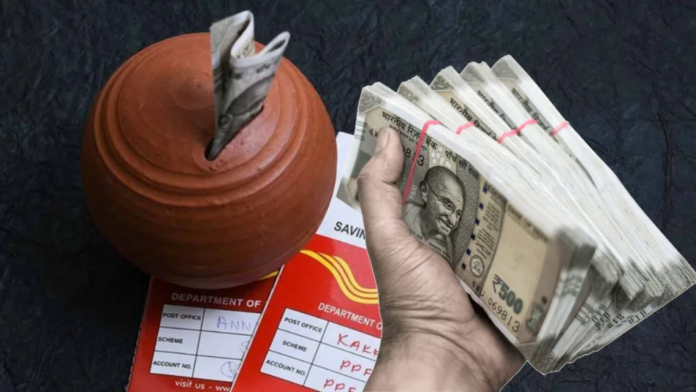
Post Office Time Deposit Scheme: In the Post Office Time Deposit Scheme, people earn lakhs of rupees just from the interest. Let us tell you what is its complete calculation.
Many people plan to invest for the future. In these, people invest in different schemes. In which they can get good returns.
Many people invest in stocks. Many people invest in mutual funds. Some invest in property. And some people invest in savings schemes.
The Government of India also runs many good savings schemes for the people. One of these is the post office scheme. In which very good returns are available.
In the post office time deposit scheme, people earn lakhs of rupees just from the interest. Currently, up to 7.5 percent interest is being given in this.
Also Read- EPFO Rule Change: Now you can withdraw 1 lakh rupees from your PF account, EPFO has changed the rules
In this scheme, you can invest for 1 year, 2 years, 3 years and 5 years. For 1 year, you will get 6.9 percent interest, for 2 and 3 years, 7 percent, while for 5 years, you get 7.5 percent interest.
If you invest 5 lakhs for 5 years, then after 5 years you will get an interest of 2,24,974 at an interest rate of 7.5 percent. That means the total amount will be 7,24,974 rupees.
To apply for the scheme, you will have to go to the post office with the required documents.
You can fill the form for the scheme there and submit it along with the required documents.
Related Articles-
Best CNG Cars: These CNG cars are cheap and good, best for going to office, mileage is also good
Post office’s superhit scheme! You can earn 2 lakh rupees from interest alone, know calculation





